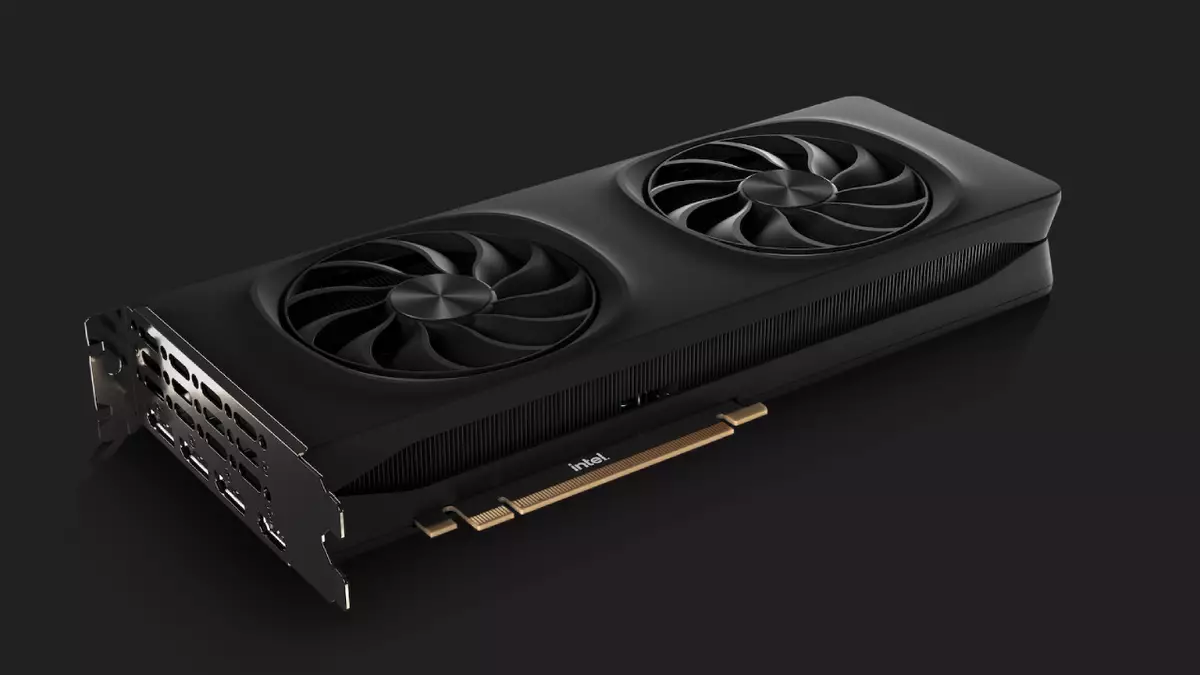The recent unveiling of Intel’s second-generation gaming GPUs, codenamed Battlemage, marks a significant addition to the competitive GPU landscape currently dominated by Nvidia and AMD. With the launch of the Arc B580 and B570 graphics cards, Intel appears to be targeting Nvidia’s entry-level RTX 4060. While this may appear limited at first glance, the inherent technological advancements embedded in the Battlemage series suggest that Intel has intentions to offer robust competition with unique features that set it apart from AMD.
One of the most noteworthy developments accompanying this launch is the introduction of XeSS 2, Intel’s upscaling technology. What distinguishes this version is its revolutionary frame generation capability, which positions it as a potentially formidable opponent to Nvidia’s renowned DLSS (Deep Learning Super Sampling). Unlike AMD’s traditional hand-coded scaling methods, Intel’s architecture flaunts XMX cores—dedicated AI accelerators analogous to Nvidia’s Tensor cores. This empowers Battlemage GPUs to execute AI-accelerated upscaling effectively, a feature that currently eludes AMD’s offerings.
Using sophisticated algorithms, XeSS 2 enhances the gaming experience by leveraging data from previously rendered frames, integrating motion vectors and depth information to produce interim frames. This capability significantly bolsters performance, rendering games smoother and more visually captivating.
Intel has made bold claims regarding the performance enhancements achievable with its new technology. For instance, during testing of F1 24 at 1440p resolution, XeSS 2’s combination of upscaling and frame generation demonstrated an astonishing performance increase, elevating frame rates from a modest 48 fps to an impressive 186 fps. Such results hint at a breathtaking 3.9x uplift in overall performance. Even when prioritizing visual fidelity, performance jumped significantly, offering a 2.8x increase to achieve 136 fps. These numbers should cause excitement among gamers, illustrating the potential of Battlemage cards to redefine performance benchmarks in the gaming sphere.
Complementing the enhanced frame generation and AI-driven upscaling is the introduction of the XeLL (Low Latency) feature. This innovation seeks to minimize latency, enhancing real-time responsiveness during gameplay. By potentially reducing latency from 57 ms to 32 ms at sub-50 fps scenarios, XeLL appears to provide gamers with a tangible edge in high-stakes gaming situations. Furthermore, this low-latency performance can effectively counteract any lag introduced when utilizing frame-generation technologies. The end result is a harmonious balance of reduced latency and smooth frame rates, offering gamers a refined and enjoyable overall experience.
When assessing these advancements, it’s evident that Intel is not merely attempting to catch up but is instead positioning itself as a serious contender in the gaming GPU field. The comprehensive feature set offered by the Battlemage series not only aims to rival Nvidia but also seems to exceed AMD’s offerings significantly. AMD’s current lack of AI-driven cores in their GPUs puts them at a distinct disadvantage, making them vulnerable to Intel’s latest innovations.
Despite the promising technology and enhancement claims, the real test lies in the practical implementation of XeSS 2. It remains to be seen how its performance stacks up against established technologies like Nvidia’s DLSS and AMD’s FSR in real-world gaming scenarios. User experiences, graphical fidelity, and overall gameplay will ultimately determine the success of Intel’s Battlemage GPUs.
Intel’s introduction of the Battlemage series reflects its aggressive strategy to capture a share of the gaming GPU market. The advancements in AI technology, performance metrics, and features such as low latency present a compelling case for gamers seeking enhanced experiences. While AMD may struggle to match these capabilities, Nvidia will undoubtedly feel the pressure as Intel carves out its niche. As gamers eagerly await real-world performance results, one thing remains clear: the battle for GPU supremacy is only just beginning, and the stakes have never been higher.

